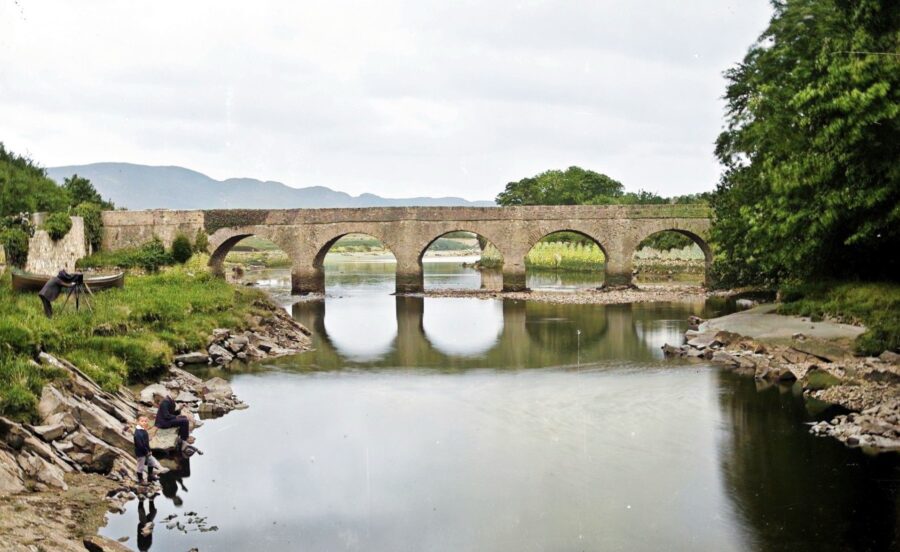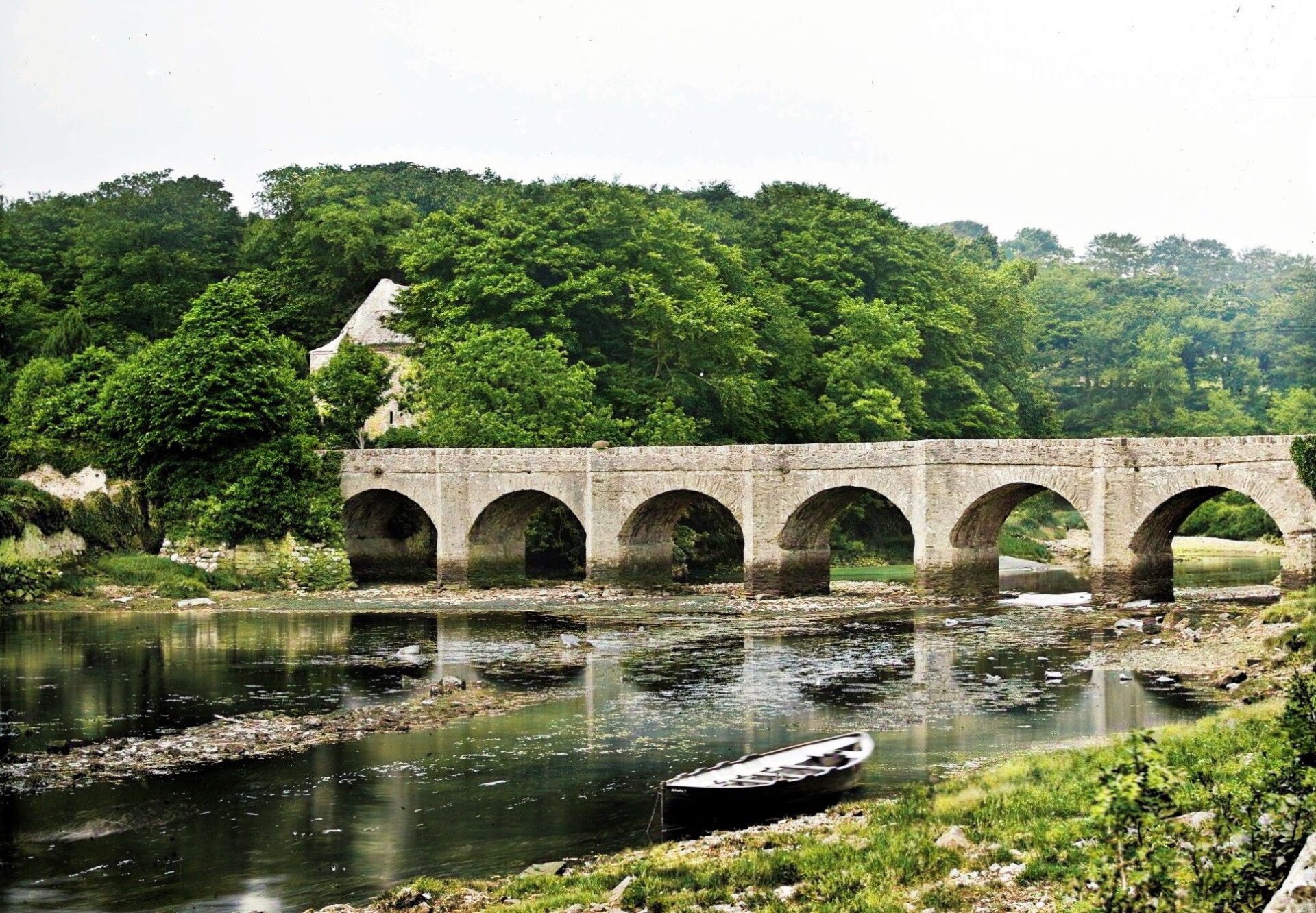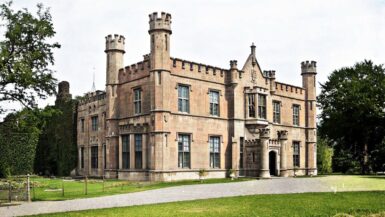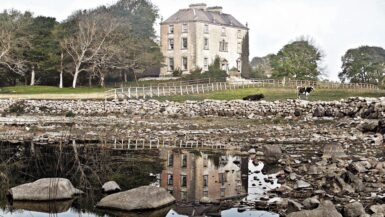Castle Bridge in Buncrana, County Donegal, is an architectural and historical landmark that has played a pivotal role in the town’s development and history. This article provides a detailed overview of the bridge’s origins, construction, and significance over the centuries.
Origins and Construction
Castle Bridge was constructed between 1716 and 1718 by Sir George Vaughan, a significant figure in the history of Buncrana. Vaughan, who is credited with laying out the town of Buncrana during the same period, built the bridge as part of the infrastructure supporting Buncrana Castle, also known as Buncrana Manor House. The castle and bridge were integral to the development and planning of the town, facilitating its growth and connectivity.
The bridge spans the River Crana and was designed as a six-arched stone structure. The construction involved roughcast rendered rubble stone for the piers, spandrels, and parapets, with roughly squared rubble stone voussoirs forming the arches. V-profile cutwaters were added to both the upstream and downstream sides, serving the dual purpose of structural support and pedestrian refuge, the latter complete with stone seating.
Originally, the bridge featured a cobblestone deck, remnants of which are still visible today. This choice of material not only provided durability but also added to the bridge’s aesthetic appeal.
Architectural Features
Castle Bridge is recognized for its architectural features typical of early 18th-century bridge construction in Ireland. The full-height cutwaters rising to pedestrian refuges are notable, as is the presence of projecting stone stringcourses at road deck level. These elements not only served functional purposes but also contributed to the bridge’s visual appeal.
The narrow plan and robust construction have allowed the bridge to withstand the test of time, maintaining its original form and function. The presence of cut stone seating in the refuges reflects an attention to detail and an emphasis on utility and comfort for pedestrians.
Historical Context and Significance
The bridge’s construction coincided with significant events in Irish history, including the aftermath of the Williamite War and the lead-up to the Irish Rebellion of 1798. Notably, the bridge and the adjacent castle played a role in the capture and imprisonment of Wolfe Tone, a leader of the United Irishmen, in 1798 after his capture off the Donegal coast.
The relocation of Buncrana’s town center by Vaughan, from its original site near O’Doherty’s Keep to its current location, underscored the strategic importance of the bridge in facilitating movement and economic activity in the area.
Present Day
Today, Castle Bridge serves as an access point to Swan Park, a popular recreational area offering picturesque walks along the River Crana. While the bridge continues to fulfill its original function as a vital crossing over the river, it also stands as a historical monument within the Buncrana landscape.
The structure remains a key feature of the town’s architectural heritage, appreciated for its historical significance and enduring construction. Though Buncrana Castle is now a private residence and not open to the public, the bridge provides a vantage point from which the castle and its surroundings can be viewed and appreciated.







Leave a reply